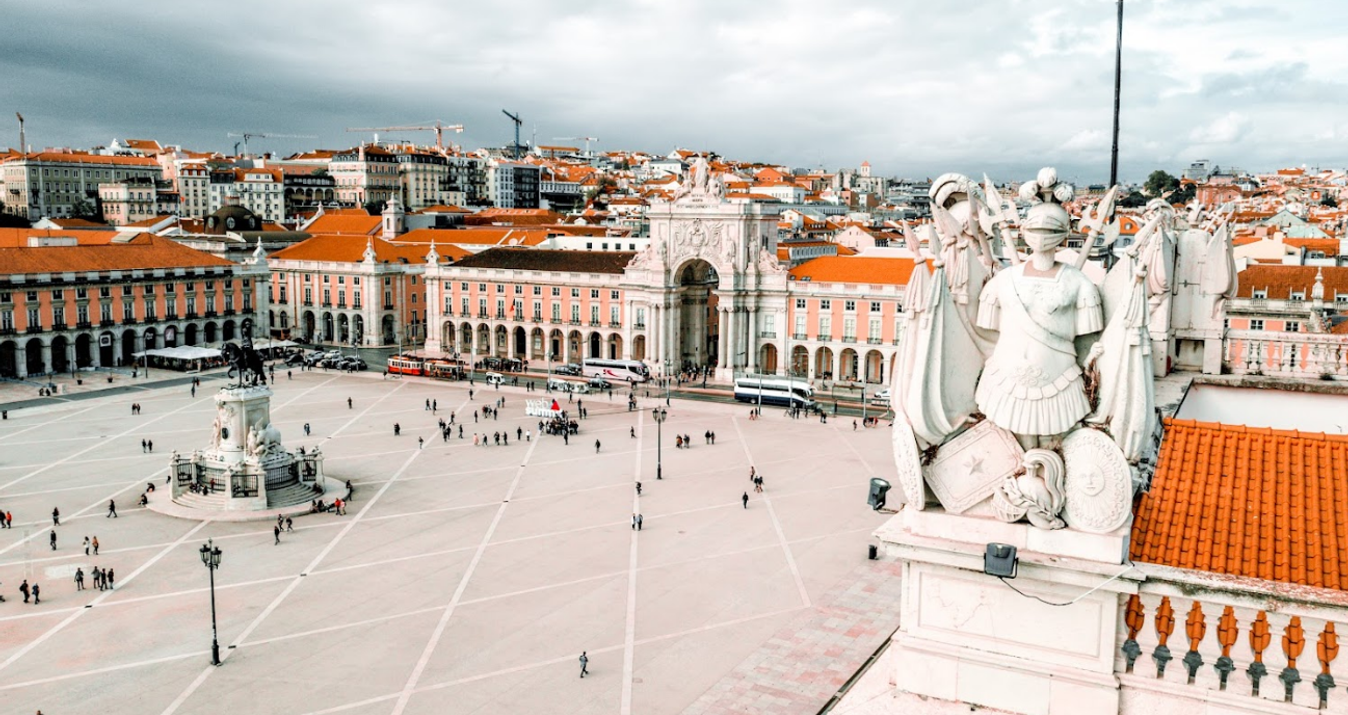Travel Diary Storytelling Through Photography
August 26, 2023
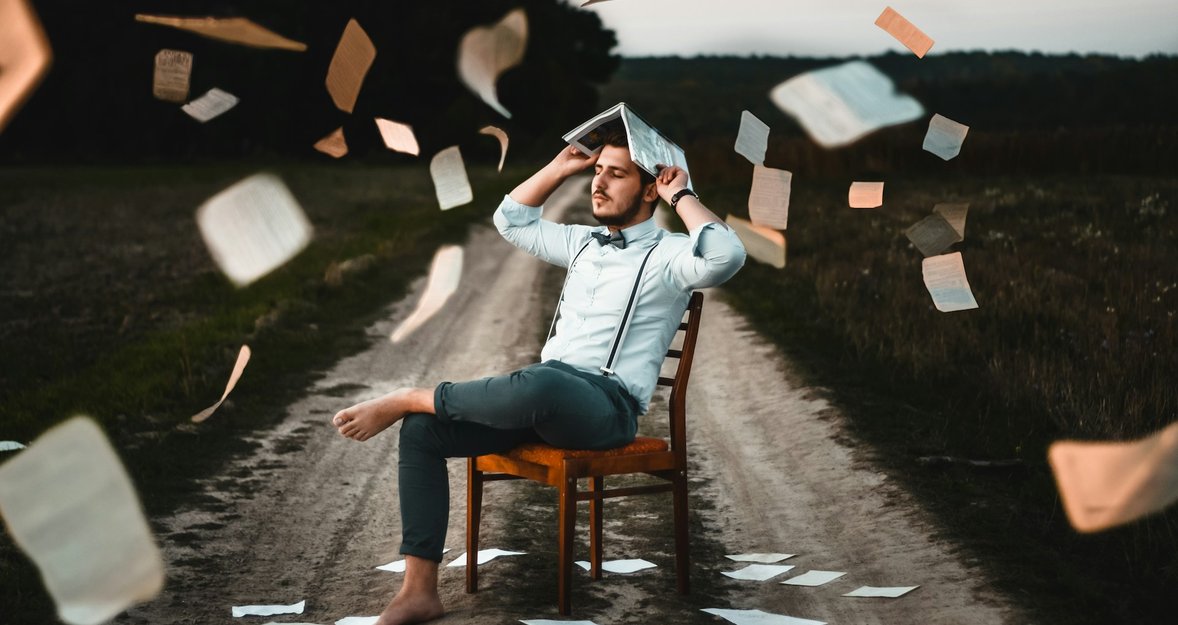
In the dynamic realm of visual storytelling photography ideas, a magical combination appears as we try to combine self-expression with the art of capturing the moment in the picture. This article delves into storytelling through pictures so photographers can encapsulate emotions, freeze moments, and share them with the public to touch other people's hearts and souls.
A travel diary is a popular type of photographic art loved by experienced travelers who choose their next destination and want to see what awaits them before the journey begins. It is no less popular among stay-at-home introverts who would love to see different beautiful places all around the globe, but the comfort of their cozy rooms is more important for them.
In this article, we will explore a spectrum of photography storytelling ideas, getting deeper into the mechanics of how to tell a story with photography and inspirational storytelling photography examples that will make your creative process much more enjoyable and enrich your travel diaries.
Embracing The Synergy Of Storytelling And Photography

Visual arts and sources of visual information are dominating nowadays. The audience needs to see something to create an opinion about it, to understand how it feels. And that is why narrative storytelling photography becomes more and more popular daily. Photography is a visual art with the main goal of capturing moments. Narrative photography is much more than that. This art is about recreating and rebuilding your special memories into a new creative form. The combination of visual arts and the art of storytelling transcends the realm of mere documentation, transcending into a realm where every frame paints a story waiting to be told.
Crafting Narratives Through The Lens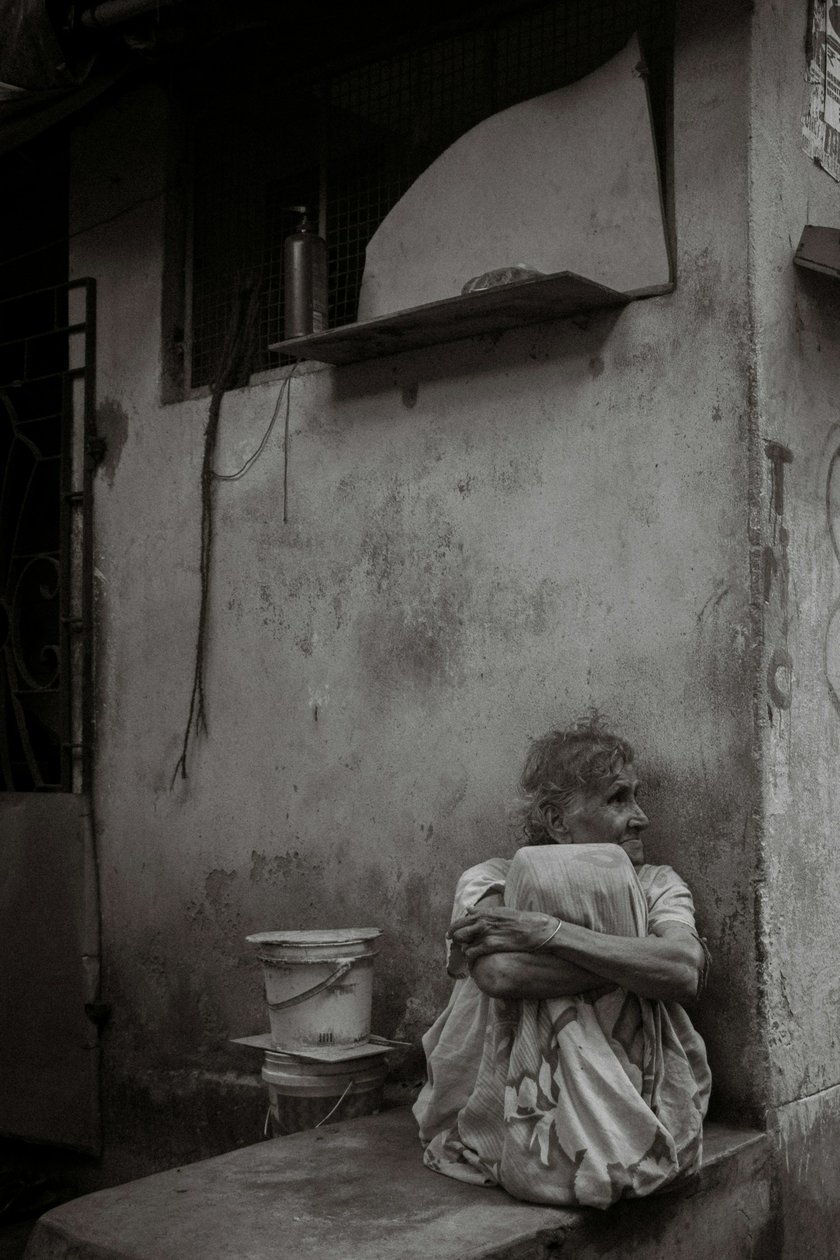
The art of storytelling is always based on a clearly defined structure called the narrative arc; it serves as a map for readers or listeners to navigate through the story, to guide them through the author’s emotions, sights, and experiences. It means that more is needed for a narrative photographer to capture a particular object in front of them. A picture should have a well-structured and understandable story behind it. As in a travel diary, structuring becomes even more significant when it comes to several images within one story. Otherwise, the viewers will get lost in the labyrinth of photos and meanings behind them.
The key point of every piece of art is that the emotion is transformed into a creative form so that the audience can share it with a creator. Storytelling through pictures is common. The emotional part of it is even more important and complex than in many other genres of photography. It is no longer enough for the viewer to admit that the image is beautiful and aesthetically pleasing (even though it is still a factor of paramount importance, as well as for any other visual art). There is a story to be told; the viewer should understand it and share the feelings and emotions the creator put there.
There should be direct communication, but verbal language is not an option, so photographers use more sophisticated instruments to send a message: mimics, gestures, poses, shadows, colors, and lights. The art of storytelling photography continues beyond the click. Through post-processing, you refine your narrative, adding depth and mood to your visuals. Color grading, retouching, and subtle adjustments further elevate the emotions you intend to convey.
But emotions can be both positive and negative. Every storyteller holds the power to influence perspectives and shape opinions. So, it is extremely important to respect privacy, cultural sensitivities, and the authenticity of the story a photographer attempts to tell through pictures.
Techniques For Visual Storytelling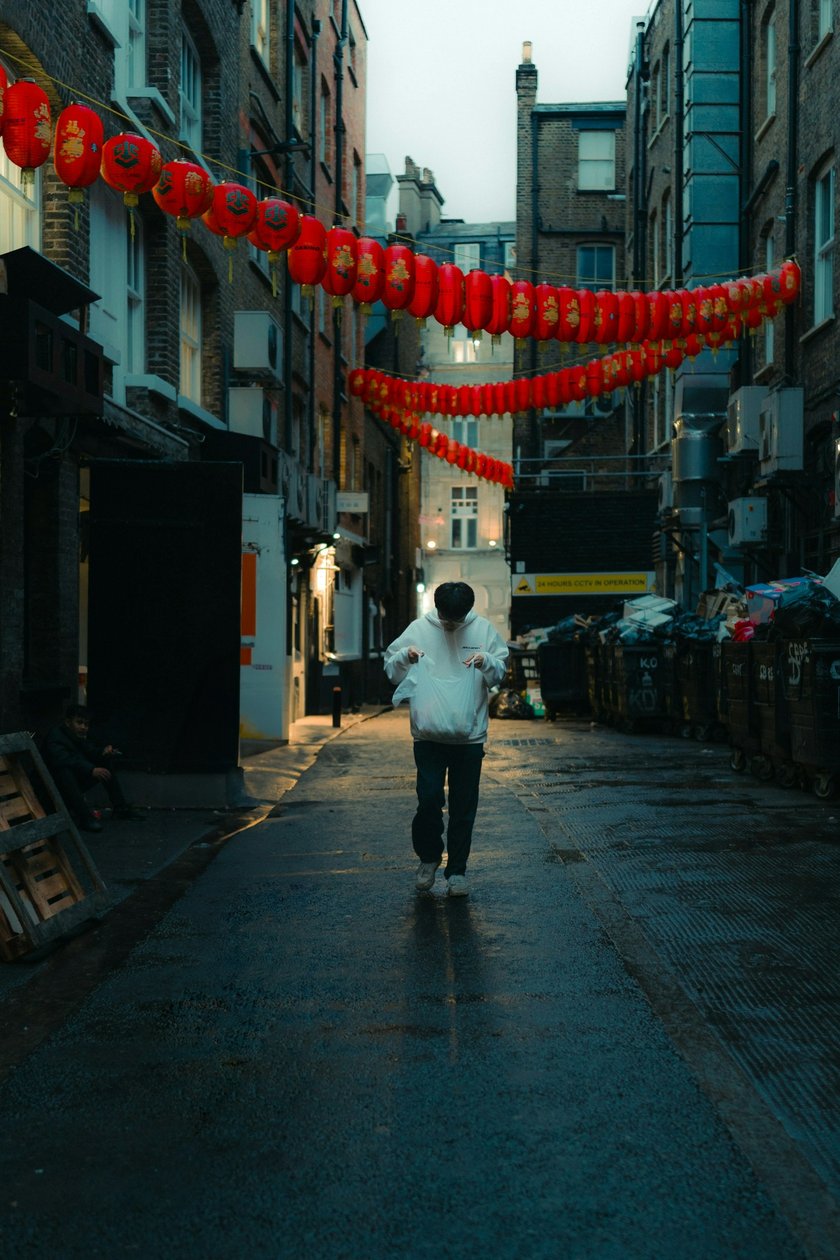
The first step of every storytelling journey is to decide what kind of story you want to tell. Here are some storytelling narrative photography ideas:
- Capturing Symbolism and Metaphors: Immerse your audience in the layers of your narrative by infusing symbolism into your frames. Every element can be imbued with deeper meaning. You can tell a fairy tale or legend in pictures, show a mystical plot, or put a serious sense into everyday things, emphasizing social problems.
- Seamless Sequential Shots: Harness the power of a sequence to depict a fluid progression of events. Sequences enable the audience to visualize the passage of time and experience the story's evolution. For example, shoot the same location from the same angle at different times of the day. For this, you will need a tripod and a little patience.
- Contrast and Juxtaposition: Through contrast, stories gain texture and intrigue. Juxtapose elements that hold stark differences to accentuate the narrative's central themes. Accent AI in Luminar Neo can help optimize the contrast and the overall lighting of your image, thus emphasizing the juxtaposition even more and making your narrative more powerful.
- Environmental Portraiture: Context is the thread that weaves individuals into their stories. By capturing subjects within their natural environments, you embed them into the tale they inhabit. Travel photography is fully based on changing the environment and monitoring these changes creatively.
- Day-in-the-Life Chronicles: Take your audience on a virtual journey, a day in your subject's life, and allow them to partake in the narrative unfolding before their eyes. If this journey continues daily, this is a creative photographic diary. A diary can be general-themed (an object's life day by day) or special-themed. Travel diaries are special-themed diaries - they do not require one common object shown on pictures throughout the story (but it is also an option). Whether we see them or not, the subject (photographer) is a lead character.
Combining the last two points from the above (any other ones can also be added if they match the photographer's creative vision), a photographer creates a story in the form of a travel diary. It is how to tell a story with photography. But what should be put in the story's spotlight, except a trip itself so the audience will resonate with it?
The two most commonly used storytelling photography examples are photojournalism and nature photography. The first one captures the stories from people's lives that haven't been told, but the audience strongly desires to hear them (or to see them, speaking from the photography perspective) at this particular moment. It is for those photographers who want to send a social, political, economic, or cultural message to the audience. The ethical factor mentioned above is a primary one in this case.
The latter, on the other hand, is something stable and unchangeable. At the same time, nature is always completely new each time you want to capture it: depending on season, daytime, and weather, you can tell plenty of stories through pictures without changing your location. And the variety of creative abilities of nature photography for travelers is unimaginable. Nature also tells its stories and sends its messages to the viewers. But these stories can never become irrelevant or outdated; they may be understood differently but are the least likely to cause major arguments.
Bottom Line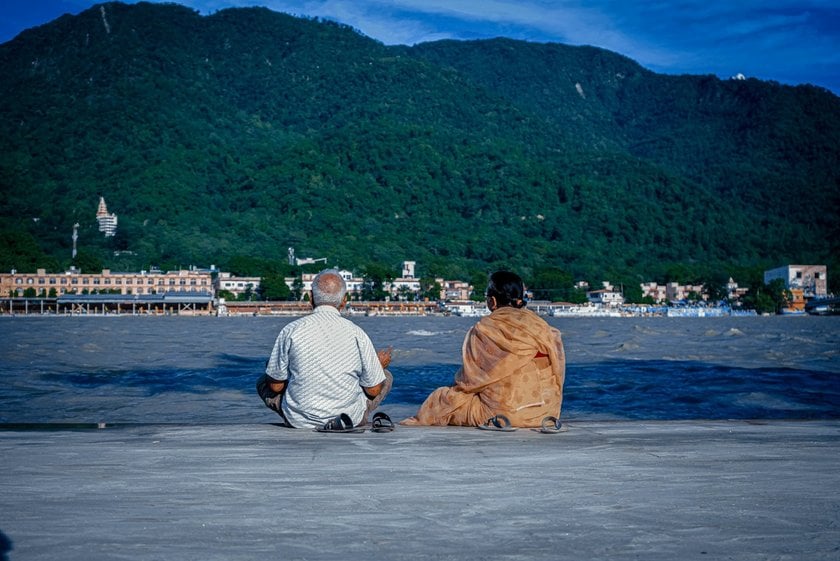
To sum up, narrative photography is a special genre of the photography arts defined as telling stories through pictures. A narrative photographer should keep a basic story structure in mind. Still, at the same time, it is required to understand that verbal language is not used and double definition is unacceptable — photographers give their eyes to the viewers so that the audience should travel the creators’ steps. So, emotional and ethical factors are no less important than the general aesthetics.
Almost every story can be told through pictures. Still, if you need a clear idea in your mind, the basic outlines to start your narrative photography journey with are the following: symbolism, sequence, contrast, environment, and chronicles. You can use each separately, but including different outline combinations within one story you want to tell is even better. The most widespread sub-genres of narrative photography are photojournalism and nature photography. Both are good for travel diary storytelling but have different goals and require different creative approaches.








